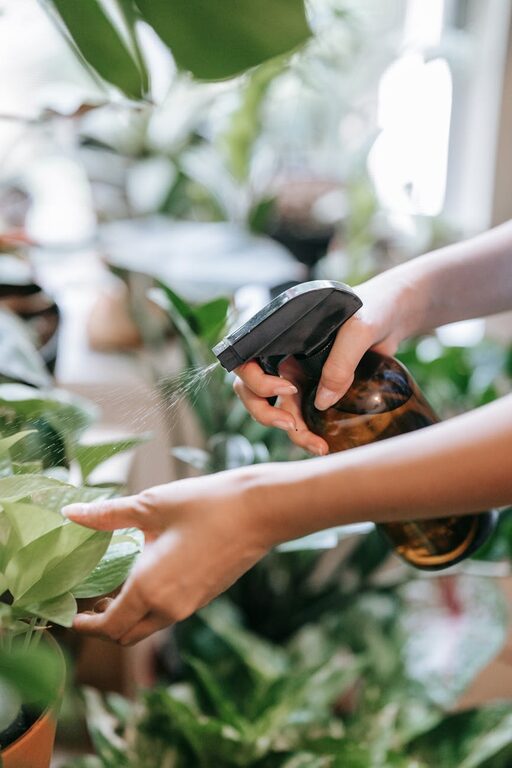Bringing houseplants into your home can brighten up any space and improve air quality. However, keeping these green companions healthy requires some attention and care. Whether you’re a seasoned plant parent or just starting out, the following tips will help you create an environment where your houseplants can thrive.
Understanding Your Houseplants’ Needs
Every plant species has unique requirements, but most share some basic needs: light, water, humidity, temperature, and nutrients. Getting to know your plants will make it easier to care for them properly.
1. Providing the Right Amount of Light
Light is essential for photosynthesis, the process plants use to create food. Too much or too little light can stress your plants.
– Know your plant’s light preference: Some plants like bright, direct sunlight (like succulents), while others thrive in low or indirect light (such as snake plants or pothos).
– Locate plants accordingly: Place sun-loving plants near south- or west-facing windows, and shade-tolerant ones farther away or near north-facing windows.
– Rotate plants regularly: Turning your plants every week helps them grow evenly and prevents leaning toward the light source.
2. Watering Properly
Overwatering and underwatering are among the most common reasons for houseplant problems.
– Check soil moisture: Before watering, gently stick your finger about an inch into the soil to feel if it’s dry. If it’s still moist, wait a few days.
– Water deeply, but infrequently: When you water, do so until water drains out of the bottom of the pot. This encourages strong root growth.
– Use appropriate pots: Ensure pots have drainage holes to prevent water from sitting at the bottom and causing root rot.
– Consider plant type: Cacti and succulents need less frequent watering compared to tropical plants.
3. Maintaining Proper Humidity and Temperature
Many houseplants originate from tropical environments and prefer higher humidity levels.
– Increase humidity: Use a humidifier, place plants on a tray with pebbles and water, or group plants together to boost moisture in the air.
– Avoid temperature extremes: Most houseplants thrive between 65°F and 75°F (18°C–24°C). Keep plants away from cold drafts, radiators, and air conditioners.
– Be mindful of seasonal changes: Indoor heating during winter can dry out the air; extra humidity may be needed.
Feeding and Repotting Your Plants
4. Providing Nutrients through Fertilizing
Plants get nutrients from soil, but potted plants can become nutrient-depleted over time.
– Use balanced fertilizers: A slow-release or liquid fertilizer formulated for houseplants is ideal.
– Follow instructions: Over-fertilizing can harm plants. Typically, feeding once a month during the growing season (spring and summer) suffices.
– Adjust feeding in winter: Most plants enter dormancy in cooler months and need little to no fertilizer.
5. Repotting When Needed
Repotting gives plants fresh soil and more space to grow.
– Signs your plant needs repotting: Roots growing out of drainage holes, slow growth, or soil drying out quickly.
– Choose the right pot size: Select a pot 1–2 inches larger in diameter than the current one.
– Use fresh potting mix: Use a mix appropriate for your plant type to ensure good drainage and nutrients.
Preventing and Managing Common Problems
6. Watching for Pests and Diseases
Houseplants can attract pests like spider mites, aphids, and scale.
– Inspect plants regularly: Look under leaves and at stems for any signs of pests.
– Natural remedies: Wipe leaves with a damp cloth, use insecticidal soap, or introduce beneficial insects like ladybugs.
– Isolate infected plants: To prevent spreading, move affected plants away from others.
7. Pruning and Cleaning
Regular pruning helps your plants stay healthy and attractive.
– Remove dead or yellowing leaves: This prevents disease and encourages new growth.
– Pinch back growth: For bushier plants, pinch off tips to promote branching.
– Clean leaves: Dust can block sunlight; gently wipe leaves with a damp cloth every few weeks.
Final Thoughts
Caring for houseplants is a rewarding experience that enhances your living environment. By following these straightforward tips—understanding plant needs, watering wisely, providing nutrients, and staying vigilant for issues—you can enjoy beautiful, healthy greenery in your home.
Remember, every plant is unique. Taking the time to observe and adjust care will help you develop a successful routine that keeps your indoor garden flourishing. Happy planting!

